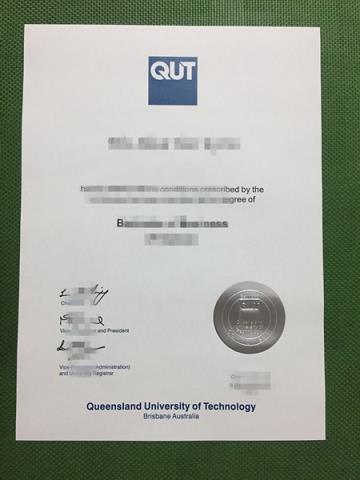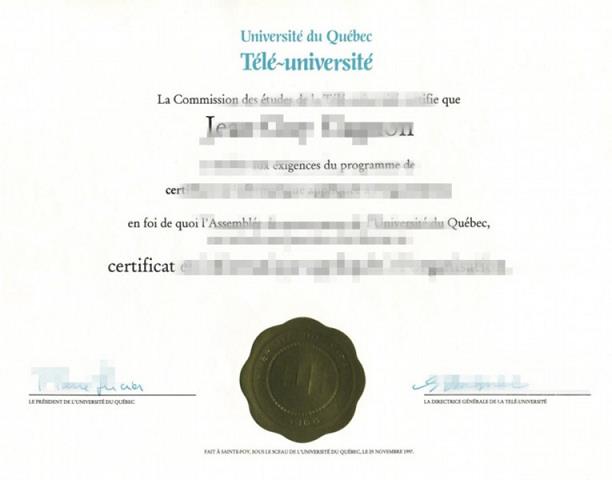DoncasterSecondaryCollege毕业证认证成绩单Diploma
- 时间:
- 浏览:142
The College caters for a diverse student population, with students coming from a wide geographical area.? The College has a student population of around 1250 students, including approximately 70 full fee-paying international students enrolling each year. The International Program adds diversity and supports the provision of a broader academic curriculum. There are 46 nationalities represented in the culturally diverse student population and approximately 33% of the students speak a language other than English at home. The ESL program is vibrant and extensive.? 10% of families are in receipt of EMA.

At Doncaster Secondary College we are working together to enable all students to achieve their potential and become confident, effective learners who contribute productively to society.? This core purpose is reflected in the College motto ‘Working Together, Learning Together’ and is underpinned by the following values:

Respect for ourselves, each other and the environment
Responsibility for our own actions
Resilience to embrace challenges with optimism and perseverance
Teamwork working co-operatively and constructively with others
The College regularly performs above state and ‘like schools’ in its academic outcomes. This is reflected by excellent VCE outcomes which open a variety of pathways for students beyond school.? Over 95% of students enrol in tertiary studies at the end of VCE, with over 60% attending university and around 25-30% moving on to TAFE.? Regular participation of Doncaster Secondary College students in national and international academic competitions, as well as regular inclusion amongst the Premier’s Awards recipients, is another reflection of the high quality outcomes achieved.
Whilst the College has a strong academic focus, there is a real and growing emphasis on meeting the learning needs of all students.? There is ongoing and prominent attention given to the role of each and every teacher in supporting the needs of individual students and organisational emphasis is given to teams of staff working more closely with particular groups of students, especially in the middle years.
A strong College-wide student wellbeing focus is led by a Student Wellbeing Leader and enhanced through support of a College Chaplain, College nurses and a wide variety of community professionals.? The College has 2 sub-schools, Middle (Years 7 – 9) and Senior (Years 10 – 12), which cater for the needs of all students and reinforce College values and expectations.? The Sub-schools form the basis of a well-defined student management structure.
The Discovery Program, at Years 7 – 9, focuses on students as learners, developing competencies in the areas of learning, emotional intelligence and social skills.? The skills acquired through the Discovery Program are transferred to learning in all curriculum areas and equips students for life beyond the College.? The program is being extended to Year 10 – 12 students in 2011.
A wide range of curricula and co-curricular activities engage and provide opportunities for students at all levels.? There are numerous sporting opportunities, an exemplary Instrumental Music program and a Performing Arts program available to students. There is an extensive Student Leadership Program with an active SRC and captains in both the Senior and Middle schools, a Peer Mentoring Program for students in Years 7, 9 and 10 and numerous wellbeing programs operating throughout the year.
The College also offers a range of out-of-school opportunities for students, including national and international leadership, sporting and academic opportunities, school camps at Year 7, 9 and 11, and regular international experiences.? Not only is there a comprehensive academic VCE curriculum, but students have access to a range of VET units both through the College and through the Mullum and VET cluster in the inner Eastern Region, as well as to VCAL though broader network links. The Learning Enhancement and Enrichment Program (LEEP), beginning at Year 7, provides opportunities for high-achieving students to learn at a rate and depth more appropriate to their academic strengths, as does the acceleration program available to students in Years 10 to 12.? The ‘MYSELF’ (Middle Years Selected Essential Learning for the Future) Program at Year 9, involves all students undertaking a range of authentic and integrated programs for one day per week over the year.? Many of these programs involve students working in the broader community.
The importance attached by the College to the appropriate use of learning technologies to support student engagement has been enhanced through the provision of federal funds and is shown by the ongoing allocation of substantial resources for computer infrastructure.? The purchase of network hardware and software, the provision of high quality wireless linked networks throughout, the establishment of a readily accessible intranet, the development of a student-centric database, the provision of computers at a ratio of better than 1:4 across all levels and of electronic whiteboards and fixed data projectors, are evidence of this funding. Electronic roll marking was introduced in 2009.? The College’s commitment to staff training in relation to the implementation of the Ultranet further supports this.
Since 2007, new programs for students and staff have been developed and implemented in line with the College's Strategic Plan. The 2006-2009 Plan had a major focus on enhancing "teacher effectiveness" and "teacher teaming" with a view to ongoing improvement in student outcomes.? This reflects the importance placed on developing a student-centred culture and on developing the necessary teacher skills to provide personalised/differentiated teaching to meet the learning needs of individual students.? This emphasis has been underpinned by PoLT and the E5 Framework and has continued and is underscored in the 2010-2014 Strategic Plan.? Implementing a consistent whole school approach to teaching literacy, developing better approaches to using data to inform teaching and using this to personalise learning are integral to the current Strategic Plan.? Staff have met regularly in teams to identify, discuss and implement strategies to enhance their effectiveness in the classroom and to build and share best practice.? Additionally, students in Years 7 and 8 are taught in 75 minute periods by small teams of teachers in homeroom locations.
The College is proud of its facilities and grounds which are among the best in the State system.? College Council has strongly supported facilities development over the years, including the funding of excellent VCE and Presentation and Performance Centres, the maintenance of attractive garden areas and the provision of extensive recreation spaces, some with shade sails.? College Council continues to look to improving facilities and is currently in discussions with Manningham City Council and a private provider in relation to a new stadium.? In 2008, the College was funded by the Department of Education and Early Childhood Development to complete a major building program.? This, together with associated developments, involved spending in excess of $7.5 million.? The works involved refurbishment and rebuilding of over 60% of the College.? Renovations included a refurbished library, refurbished student toilets, new science facilities, new multi-purpose learning areas and middle years precincts, new relocatable classrooms, new wood/metal technology facilities, new ICT facilities, new art/textile facilities, new administration/staff areas, new general purpose classrooms, further development of gardens and grounds and newly resurfaced playing courts.
The College is an exciting place for students and staff.? The ongoing emphasis on developing a student-focused culture and the skills necessary for personalising teaching, the provision of a broad range of programs and opportunities for students, together with the excellent facilities and their ongoing development, make for a very positive environment which attracts and supports both students and staff.